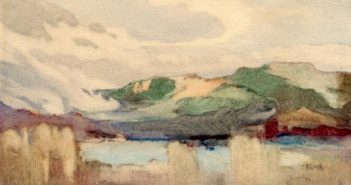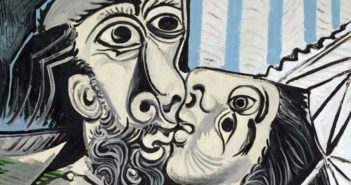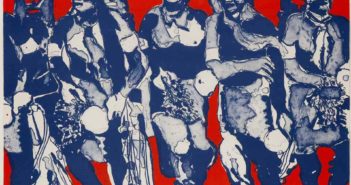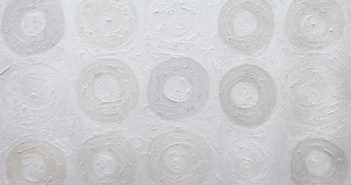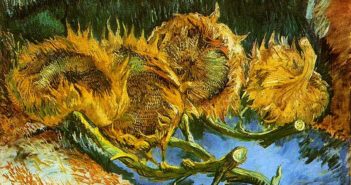
Guaranteed for life
A regular inbox question goes like this: “Your dad wrote that he would gladly give a refund to someone if they weren’t satisfied or had an issue with a painting. How does that work, exactly, for art?” The query kicks a hornet’s nest of grey areas like painting condition, time passed since the original sale, gallery commissions and how much of a cash float an artist needs to keep on hand for refunds. If this idea sounds a bit strange, let me explain.

